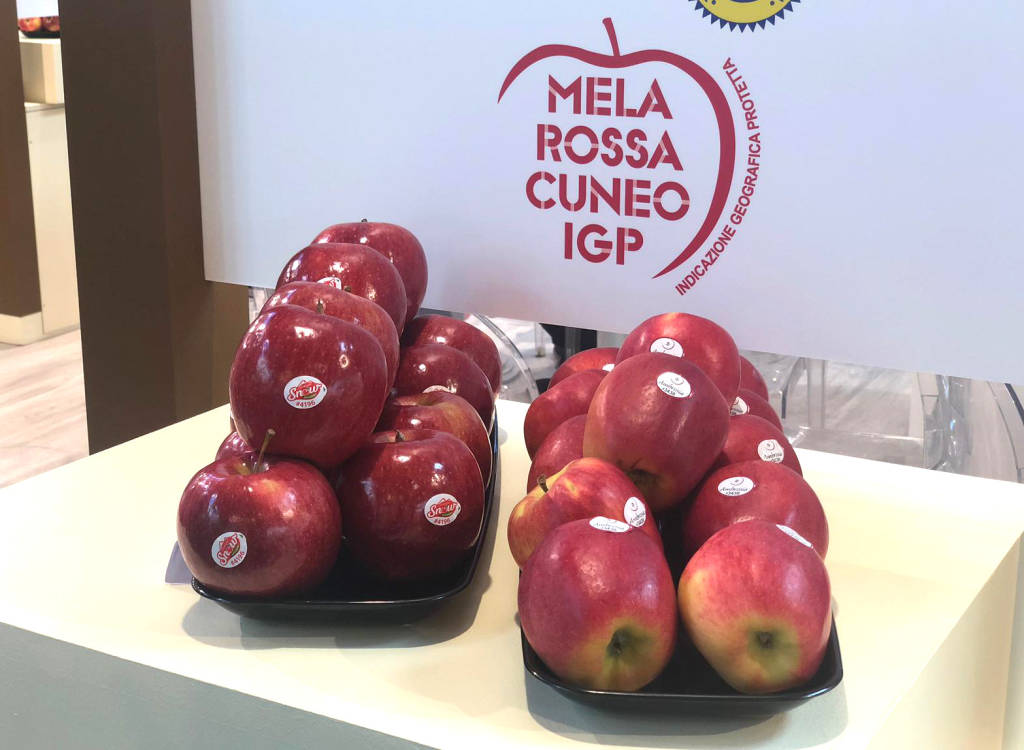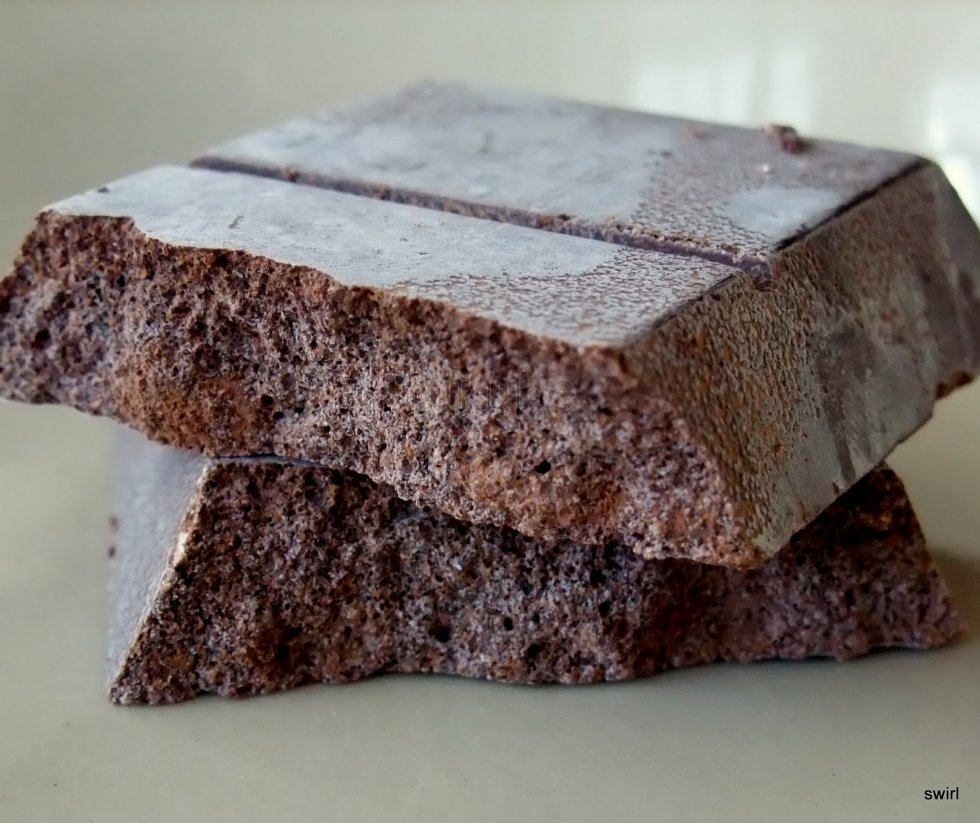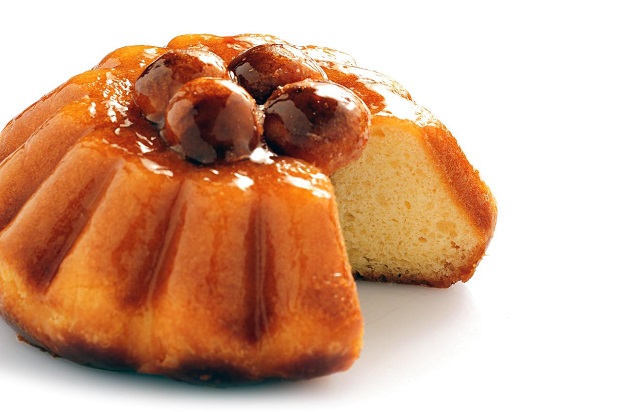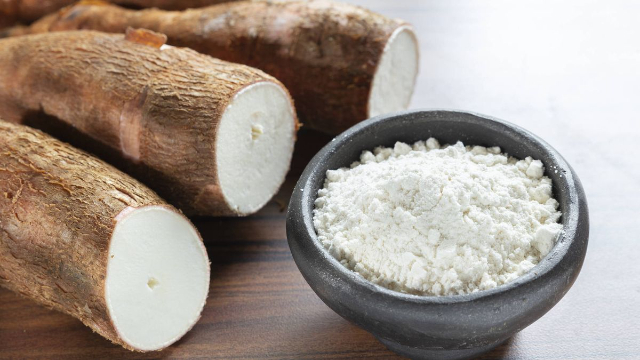Mela Rossa Cuneo’ PGI apples are produced exclusively from the following apple varieties and clones: Red Delicious, Gala, Fuji and Braeburn.
Mela Rossa Cuneo’ apples are characterised by the intense red colouring of the skin and their particularly bright and brilliant shade, due to particularly favourable climatic conditions with the formation of alternating morning-evening ‘mountain’ breezes, which give rise to this particular overcolouring that makes ‘Mela Rossa Cuneo’ PGI unique and recognisable.The production area of ‘Mela Rossa Cuneo’ apples comprises municipalities situated partly in the province of Cuneo and partly in the province of Turin at an altitude of between 280 and 650 m above sea level.
The Enlightenment thought of the 18th century
gave rise in Piedmont to Academies and Agrarian Associations which were responsible for intense varietal research, the diffusion of new cultivars and the development of scientifically based cultivation techniques. This created the conditions for the dissemination of varieties of red-skinned apples that were particularly appreciated for their ability to express a particular intensity and brilliance of colour in the Cuneo environment.
The development of modern apple-growing in the Cuneo area can be traced back to the 1950s and 1960s, and red-skinned apples slowly began to expand in the range of varieties until they became the predominant group today.
In the 1960s and 1970s, the term ‘Mela Rossa Cuneo’ was institutionalised and began to appear on accounting documents and journey forms for products destined for the domestic market; the first promotional campaign referring to the ‘Mela Rossa Cuneo’ dates from those years; in the 1980s, it accompanied shipments of the product abroad on invoices. In the same years, the ‘Mela Rossa Cuneo’ became the subject of pomological exhibitions aimed at professional fruit-growers and consumers, and gradually became the focus of the
In the same years the ‘Mela Rossa Cuneo’ became the subject of pomological exhibitions aimed at professional fruit-growers and consumers alike, and in the first decade of the 21st century it gradually consolidated its commercial identity in commercial promotion projects in large-scale retail outlets in north-west Italy.













